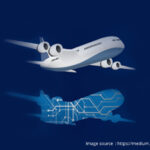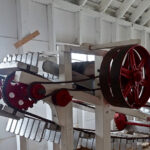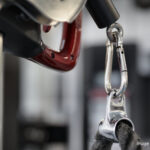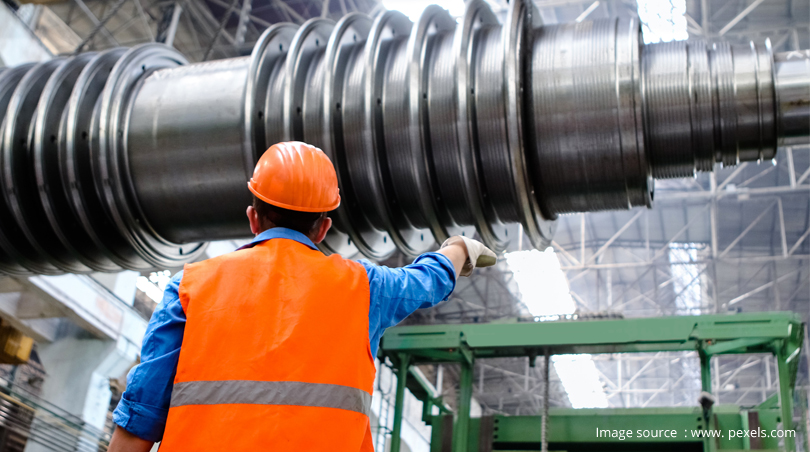
Aerospace Engineering is a branch of Engineering which imparts skills and knowledge of designing, manufacturing and maintenance of spacecraft, aircraft, missiles and weapons systems. A large part of Aerospace Engineering consists of Mechanical Engineering. The branch covers a wide range of topics including computer application, structures, mathematics, physics, drafting, electricity, robotics, aeronautics etc. It covers two aspects of engineering –Aeronautical Engineering and Astronautical Engineering.
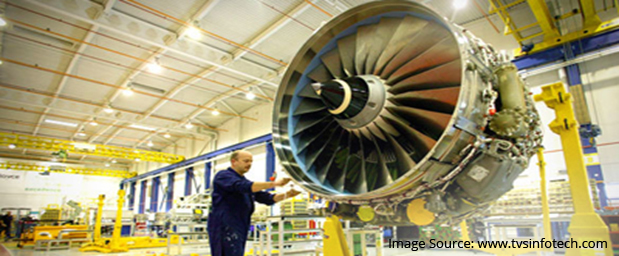
on orbital mechanics which show how many satellites are visible from a point on the surface of an object.
This element of aerospace engineering helps in the application of mechanics to solve common engineering problems. The animation is that of a heat pipe which has been approved in aerodynamic applications. This pipe transmits thermal energy at rates hundreds of times greater and with a far superior energy-to-weight ratio than can be gained from the most efficient solid conductor.
Control engineering deal with the study of mathematical modeling of the dynamic behavior of systems and designing them, usually using feedback signals, so that their dynamic behavior is desirable (stable, without large excursions, with minimum error). The animation shows how aircrafts are modeled and how their behavior is tested through mathematical models.
The propulsion element deals with the energy needed to move a vehicle through the air or in outer space. This energy is mostly provided by internal combustion engines, jet engines and turbo machinery, or rockets. The animation shows the air flow through a jet engine which propels the plane in the forward direction.
Aero elasticity deals with the interaction of aerodynamic forces. It also predicts about the structural flexibility, potentially causing flutter, divergence, etc. The first animation indicates that no vibrations are implied in the phenomena, but that a structure will be deformed or be displaced under the steady aerodynamic load. This deformation may be so large that the elastic suspension may break. The second animation shows different flutter mode shapes.
The design, programming of computer systems on board an aircraft or spacecraft and the simulation of systems is termed as avionics. The animation shows an avionics dashboard in an aircraft.
This element covers designing and executing flight test programs in order to gather and analyze performance and handling qualities data in order to determine if an aircraft meets its design and performance goals and certification requirements. The animation shows the aircraft flight controls being checked.
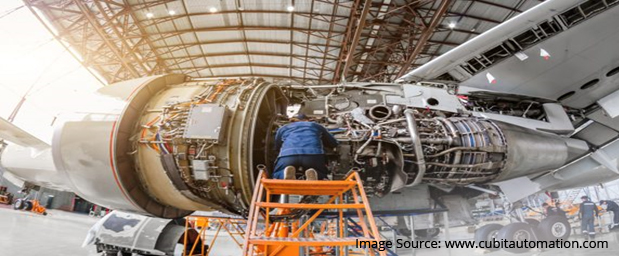
Fluid Mechanics
Fluid flow around objects is a major element in aerospace engineering specifically since it concerns the aerodynamics i.e. the flow of air over bodies such as wings or through objects such as wind tunnels. The first animation shows the flow around an airfoil. You can notice that the velocities are higher on the upper surface as compared to the underside.
Astro-dynamics
Astro-dynamics relates to the study of orbital mechanics which includes the prediction of elements when given a select few variables. The animation shows an optimization model based
Aircraft structure
Aircraft structure matter a lot during flight. Aircraft structure is referred to as the design of the physical configuration of the craft to withstand the forces encountered during flight. Aerospace engineering aims to keep structures lightweight. The animation shows wing deflection measured during the stationary vibration test.
Electro-technology
Electro technology deals with the study of electronic components within aerospace engineering. The animation shows the various electronic components within an airplane.
